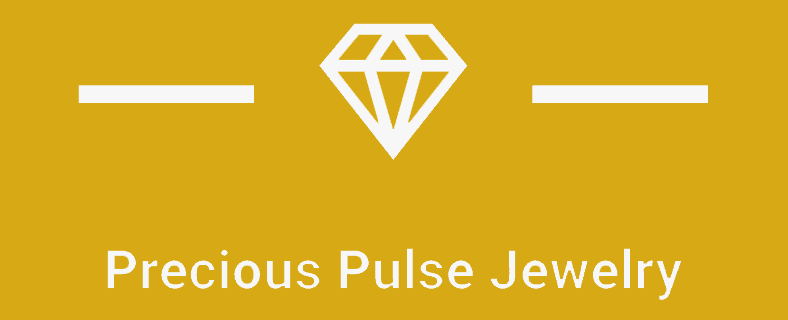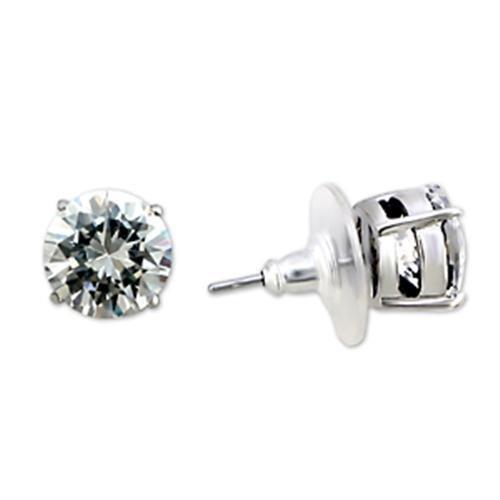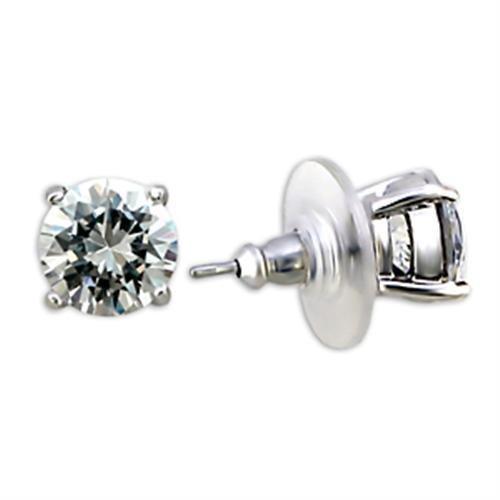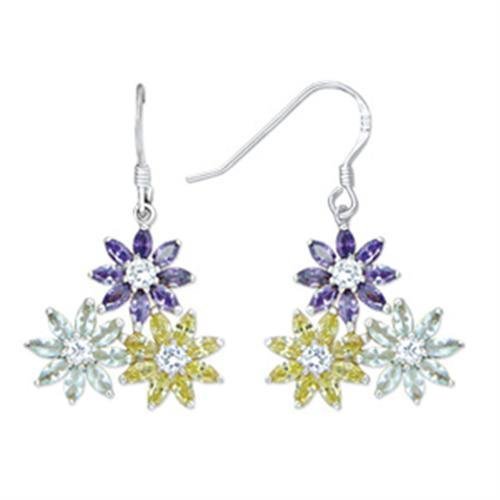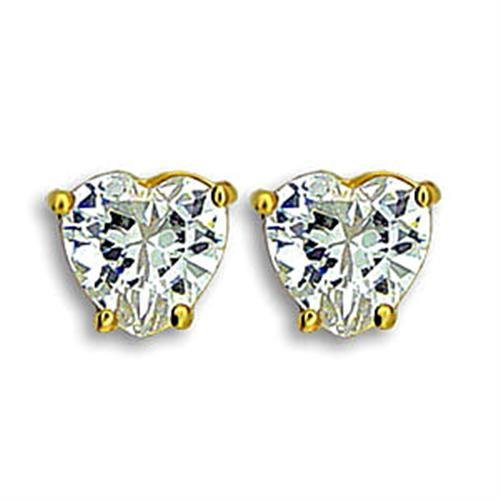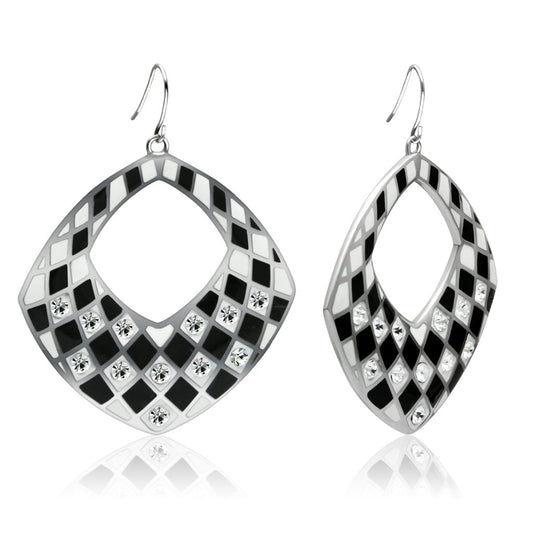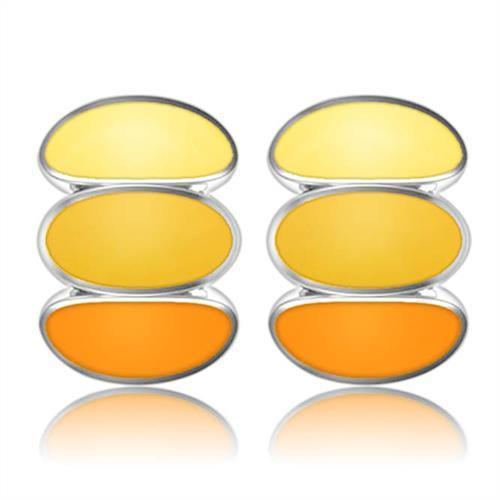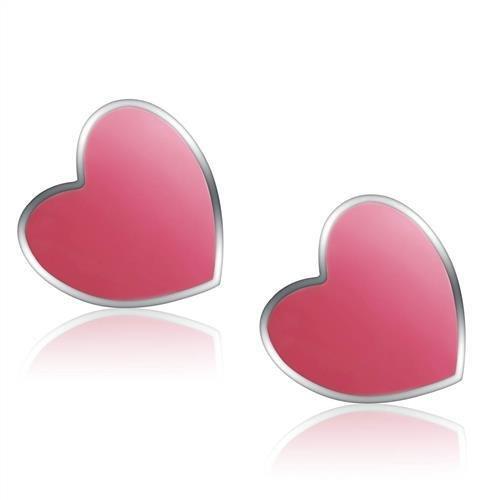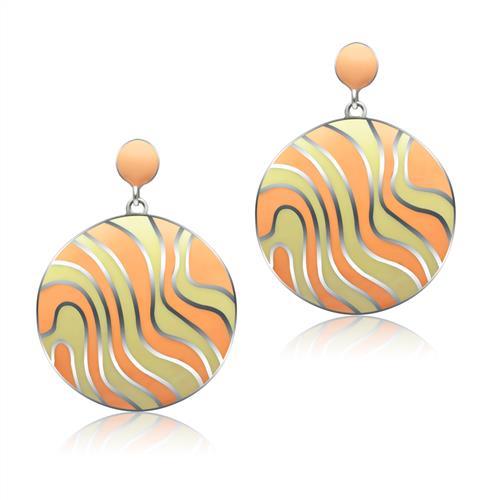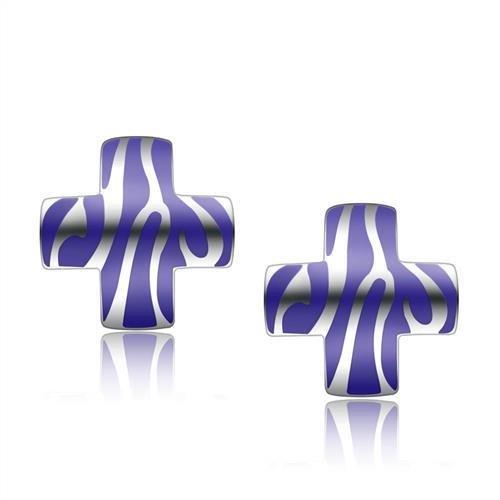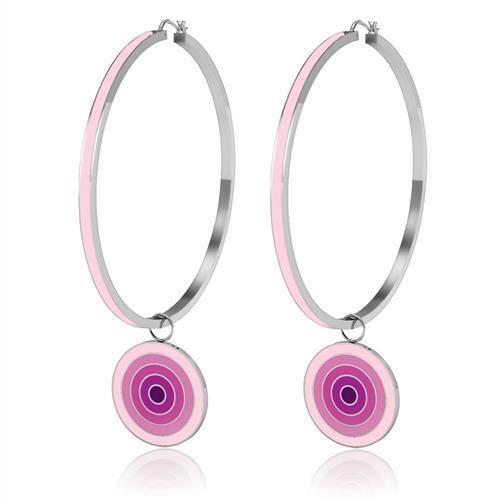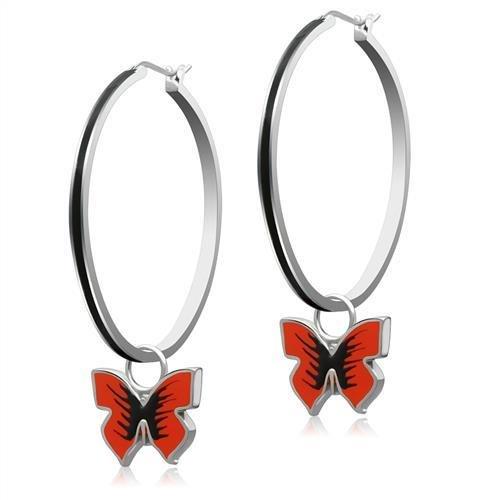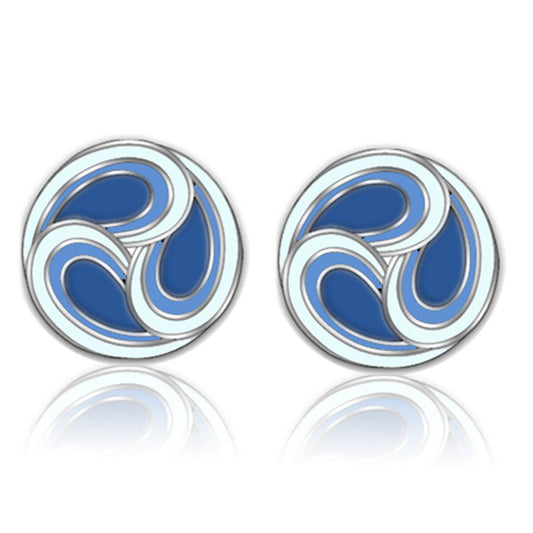In the realm of gemstones, diamond alternatives have gained immense popularity due to their affordability and ethical appeal. However, not all these alternatives possess the hardness required to scratch glass. This article explores the most compelling artificial gems that resemble real diamonds yet lack the capability to scratch glass, providing an in-depth understanding of their properties and applications in jewelry.
Table of Contents
- Understanding Diamond Simulants and Lab-Grown Gems
- Key Properties of Diamond Alternatives
- Popular Diamond Alternatives That Cannot Scratch Glass
- Moissanite: The Shining Star of Diamond Alternatives
- White Zircon: The Brilliant Substitute
- Synthetic Gems and Their Applications
- The Importance of Gemological Properties
- Ethical and Environmental Considerations
- Identifying Diamond Simulants
- Practical Applications and Considerations
- Care and Maintenance of Diamond Alternatives
- Ethical and Sustainable Choices
- Conclusion
-
FAQ Section
- 1. What are the main differences between natural diamonds and diamond simulants?
- 2. Can moissanite scratch glass?
- 3. Is cubic zirconia a durable option for everyday wear?
- 4. How can I tell if a gem is a diamond simulant or a real diamond?
- 5. Do diamond simulants have the same fire and brilliance as real diamonds?
- 6. Are lab-grown diamonds considered diamond simulants?
- 7. What are the benefits of choosing synthetic gems over natural diamonds?
- 8. Can white sapphire scratch glass?
- 9. How does the cost of diamond simulants compare to natural diamonds?
- 10. What is the best way to care for diamond simulant jewelry?
Understanding Diamond Simulants and Lab-Grown Gems
What Makes a Gem a Diamond Simulant?
Diamond simulants are stones that mimic the appearance of diamonds but differ significantly in composition and physical properties. They are crafted to imitate the brilliance and fire of natural diamonds at a fraction of the cost. Common diamond simulants include cubic zirconia, moissanite, and white sapphire.
- Cubic Zirconia (CZ): One of the most well-known diamond alternatives, cubic zirconia is prized for its clarity and low cost.
- Moissanite: Renowned for its brilliance and hardness, moissanite closely resembles diamonds but is distinguishable by its higher refractive index.
- White Sapphire: While not as brilliant as diamonds, white sapphire offers a durable and budget-friendly option.
Synthetic vs. Lab-Grown Diamonds
While synthetic diamonds and lab-grown diamonds are created in laboratories, their processes differ. Lab-grown diamonds are chemically identical to natural diamonds and share the same hardness, making them capable of scratching glass. Synthetic diamonds, however, may vary in hardness and are often used for industrial purposes rather than jewelry.
Key Properties of Diamond Alternatives
Hardness and Durability
The hardness of a gemstone determines its ability to resist scratches and abrasions. This property is measured on the Mohs hardness scale:
- Diamond: 10
- Moissanite: 9.25
- White Sapphire: 9
- Cubic Zirconia: 8-8.5
Refractive Index and Dispersion
Refractive index and dispersion affect a gem’s brilliance and fire. Higher values indicate greater sparkle:
- Diamond: RI 2.42, Dispersion 0.044
- Moissanite: RI 2.65-2.69, Dispersion 0.104
- White Sapphire: RI 1.76-1.77, Dispersion 0.018
- Cubic Zirconia: RI 2.15-2.18, Dispersion 0.058-0.066
Clarity and Inclusions
The clarity of a gemstone is influenced by its inclusions and overall transparency. Lab-grown and synthetic gems typically exhibit fewer inclusions than their natural counterparts.
Popular Diamond Alternatives That Cannot Scratch Glass
Cubic Zirconia
Cubic zirconia, often referred to as CZ, is a popular diamond simulant known for its affordability and visual similarity to diamonds. While it possesses a decent hardness level, it cannot scratch glass, making it an ideal choice for those seeking the diamond look without the diamond price.
Jewelry Options Featuring Cubic Zirconia
Explore our rings collection to find stunning cubic zirconia pieces that offer exceptional brilliance and elegance.
White Sapphire
White sapphire, a member of the corundum family, is another excellent alternative. With a hardness of 9 on the Mohs scale, it is durable but still unable to scratch glass. White sapphires offer a unique charm and are often used in engagement rings and other fine jewelry.
Stunning White Sapphire Jewelry
Discover exquisite earrings that showcase the beauty of white sapphires, perfect for any occasion.
White Topaz
White topaz is a silicate mineral that is colorless in its purest form. Although it is less durable than diamonds, it offers a similar sparkle and is an affordable option for various jewelry pieces.
Elegant White Topaz Pieces
Browse our collection of necklaces featuring white topaz for a touch of elegance and sophistication.
Moissanite: The Shining Star of Diamond Alternatives
Moissanite, a naturally occurring silicon carbide, is a highly regarded diamond alternative due to its brilliance and hardness. Although it closely rivals diamonds in appearance and durability, it cannot scratch glass. This makes moissanite an attractive option for those looking for an ethical and cost-effective alternative to diamonds.
Moissanite Jewelry
Check out our bracelets collection to find beautiful moissanite pieces that combine elegance with durability.
White Zircon: The Brilliant Substitute
White zircon, not to be confused with cubic zirconia, is a naturally occurring gemstone that offers a high refractive index and brilliant sparkle. With a Mohs hardness of around 7.5, white zircon cannot scratch glass but remains a popular choice for those seeking a glittering diamond alternative.
White Zircon Jewelry
Discover our bangles collection to find exquisite white zircon pieces that add a touch of brilliance to your jewelry box.
Synthetic Gems and Their Applications
Synthetic gems, crafted to mimic the appearance of natural gemstones, offer an array of options for jewelry enthusiasts. These gems are created in laboratories and can be tailored to exhibit specific qualities, such as enhanced clarity and color.
- Synthetic Moissanite: Known for its superior brilliance and fire, synthetic moissanite is a popular choice for engagement rings and high-end jewelry.
- Synthetic Diamonds: Although similar to lab-grown diamonds, synthetic diamonds vary in their ability to scratch glass due to differences in their manufacturing processes.
The Importance of Gemological Properties
Understanding the gemological properties of diamond alternatives is crucial for making informed choices. Here are some key factors to consider:
- Brilliance: The gem’s ability to reflect light.
- Fire: The dispersion of light into colors of the spectrum.
- Durability: The gem’s resistance to scratches and damage.
- Clarity: The absence of inclusions and blemishes.
Ethical and Environmental Considerations
As awareness of ethical and environmental issues grows, many consumers are turning to diamond alternatives that are conflict-free and have a lower environmental impact. Synthetic and lab-grown gems often fulfill these criteria, making them appealing choices for the socially conscious buyer.
Conflict-Free Gems
Ethically sourced gems, such as lab-grown diamonds and synthetic moissanite, ensure that no human rights abuses are associated with their production. This makes them a responsible choice for those who value sustainability and ethics.
Ethical Jewelry Choices
Explore our brooches collection for ethically sourced and stunning jewelry pieces.
Environmental Impact
The environmental impact of mining natural diamonds is significant, involving habitat destruction and extensive resource use. In contrast, lab-grown and synthetic gems require fewer resources and result in less environmental degradation.
Identifying Diamond Simulants
When selecting diamond alternatives, it is important to distinguish between real diamonds and simulants. Here are some methods used to identify diamond simulants:
The Line Test
Draw a line on a piece of paper and place the gem over it. If the line is visible through the gem, it is likely a simulant, as diamonds tend to refract light in a way that obscures the line.
The Weight Test
Compare the weight of the gem to that of a diamond of similar size. Simulants like cubic zirconia are generally heavier than diamonds.
The Breath/Fog Test
Breathe on the gem and observe how quickly the fog dissipates. Diamonds clear up faster than most simulants.
Thermal Conductivity
Using a diamond tester, which measures thermal conductivity, can help identify real diamonds, as they conduct heat differently from most simulants.
Advanced Testing Methods
For more accurate identification, advanced testing methods such as using a diamond tester or consulting a professional gemologist may be necessary.
Practical Applications and Considerations
When selecting diamond alternatives, it's essential to consider their practical applications in various types of jewelry and their performance over time. Each type of gem has its strengths and is suited to different uses based on its properties.
Rings and Engagement Jewelry
Rings, especially engagement rings, require gems that can withstand daily wear and tear. Moissanite and white sapphire are excellent choices due to their high hardness and brilliance. Although cubic zirconia is a popular choice for rings, it may scratch over time and lose its sparkle, making it more suitable for occasional wear or costume jewelry.
Explore Our Rings Collection
Visit our rings collection to find the perfect engagement ring or everyday piece that balances beauty and durability.
Necklaces and Pendants
Necklaces and pendants benefit from gems with high brilliance and lower susceptibility to scratches since they are less likely to experience the same level of impact as rings. White topaz and cubic zirconia are popular choices for these pieces, offering stunning visual appeal at a more accessible price point.
Stunning Necklace Options
Discover beautiful necklaces that feature white topaz and other diamond simulants, perfect for adding a touch of elegance to any outfit.
Earrings
Earrings, especially studs and drops, highlight the sparkle and brilliance of the gem. Moissanite and cubic zirconia are frequently used in earrings due to their high refractive index and fire, making them standout pieces for any occasion.
Elegant Earring Designs
Explore our range of earrings to find stunning designs that feature high-quality diamond alternatives.
Brooches and Bangles
For brooches and bangles, durability and visual appeal are crucial. White zircon and synthetic gems offer an excellent balance of beauty and resilience, making them ideal for these types of jewelry.
Browse Our Brooches and Bangles
Check out our collections of brooches and bangles to find exquisite pieces that incorporate durable and sparkling diamond alternatives.
Care and Maintenance of Diamond Alternatives
Proper care and maintenance are essential to keep diamond alternatives looking their best. Here are some tips for maintaining the beauty and longevity of these gems:
- Regular Cleaning: Clean your jewelry regularly with a soft cloth and mild soap to remove dirt and oils that can dull the stone's surface.
- Avoid Harsh Chemicals: Avoid exposing your jewelry to harsh chemicals or abrasive materials that can damage the gem.
- Proper Storage: Store your jewelry in a soft pouch or a separate compartment to prevent scratches and damage from other pieces.
Ethical and Sustainable Choices
Choosing diamond alternatives also aligns with ethical and sustainable values. Synthetic and lab-grown gems offer an environmentally friendly and conflict-free option, reducing the negative impact associated with traditional diamond mining.
Conflict-Free and Ethical Jewelry
Our collections are designed with ethical considerations in mind, ensuring that you can enjoy beautiful jewelry without compromising your values.
Discover Ethical Jewelry Options
Browse through our bracelets collection for ethically sourced and crafted pieces that showcase the best in sustainable jewelry.
Conclusion
In conclusion, while many artificial gems closely resemble real diamonds, their inability to scratch glass sets them apart. Understanding the properties and advantages of diamond simulants like cubic zirconia, moissanite, and white sapphire allows for informed choices in selecting beautiful and ethical jewelry. These gems provide stunning alternatives that combine affordability with aesthetic appeal, making them a popular choice for a variety of jewelry applications.
Key Takeaway
Artificial gems such as moissanite, cubic zirconia, and white sapphire offer excellent alternatives to diamonds, combining visual appeal, affordability, and ethical sourcing. Although they cannot scratch glass, these gems provide stunning options for engagement rings, earrings, necklaces, and more, allowing consumers to enjoy beautiful jewelry without the high cost or ethical concerns associated with natural diamonds.
FAQ Section
1. What are the main differences between natural diamonds and diamond simulants?
Natural diamonds are formed under high pressure and temperature over millions of years, whereas diamond simulants are man-made and designed to mimic the appearance of diamonds. Simulants generally have different chemical compositions, hardness, and optical properties.
2. Can moissanite scratch glass?
Moissanite has a Mohs hardness of 9.25, making it capable of scratching glass. However, it is still not as hard as a natural diamond, which ranks at 10 on the Mohs hardness scale.
3. Is cubic zirconia a durable option for everyday wear?
Cubic zirconia is less durable than diamonds and moissanite, with a hardness of 8-8.5. It is prone to scratching and may lose its sparkle over time, making it better suited for occasional wear.
4. How can I tell if a gem is a diamond simulant or a real diamond?
Methods to differentiate include the line test, weight test, breath/fog test, and using a diamond tester to check thermal conductivity. Professional gemological analysis can provide definitive identification.
5. Do diamond simulants have the same fire and brilliance as real diamonds?
Diamond simulants can have similar fire and brilliance, but they often differ in refractive index and dispersion. Moissanite, for example, has more fire than diamonds, while cubic zirconia's brilliance is lower.
6. Are lab-grown diamonds considered diamond simulants?
No, lab-grown diamonds are not considered simulants. They are chemically and physically identical to natural diamonds and can scratch glass just like mined diamonds.
7. What are the benefits of choosing synthetic gems over natural diamonds?
Synthetic gems offer ethical and environmental benefits, as they are conflict-free and have a lower environmental impact. They are also more affordable while providing similar aesthetic qualities.
8. Can white sapphire scratch glass?
White sapphire has a hardness of 9 on the Mohs scale, which is sufficient to scratch glass, though it is slightly less hard than a diamond.
9. How does the cost of diamond simulants compare to natural diamonds?
Diamond simulants like cubic zirconia, moissanite, and white sapphire are significantly less expensive than natural diamonds, making them accessible alternatives for budget-conscious consumers.
10. What is the best way to care for diamond simulant jewelry?
Regular cleaning with mild soap and water, avoiding harsh chemicals, and storing jewelry in a soft pouch or separate compartment are recommended practices to maintain the appearance and longevity of diamond simulant jewelry.
